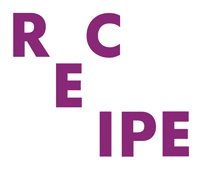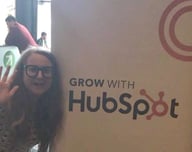 Missed out on Auckland Grow? We missed you! Over 400 marketers, salespeople, business owners and Hubspot partners gathered beneath SkyCity's ivory tower (loins girded by a cheeky doona at Al Brown's Depot) for a series of growth-focused sales and marketing masterclasses.
Missed out on Auckland Grow? We missed you! Over 400 marketers, salespeople, business owners and Hubspot partners gathered beneath SkyCity's ivory tower (loins girded by a cheeky doona at Al Brown's Depot) for a series of growth-focused sales and marketing masterclasses.
Here's the best of Auckland Grow 2018.
1Customers have changed, and businesses need to respond.
Customers are less-willing to visit a retail store, call, or hold the line to get the information they need. They want answers now and businesses need to support this with self-serve options (or a customer will go somewhere else). You'll have felt these changes reverberate down phone-lines, customer service desks, on social media and amongst sales teams. 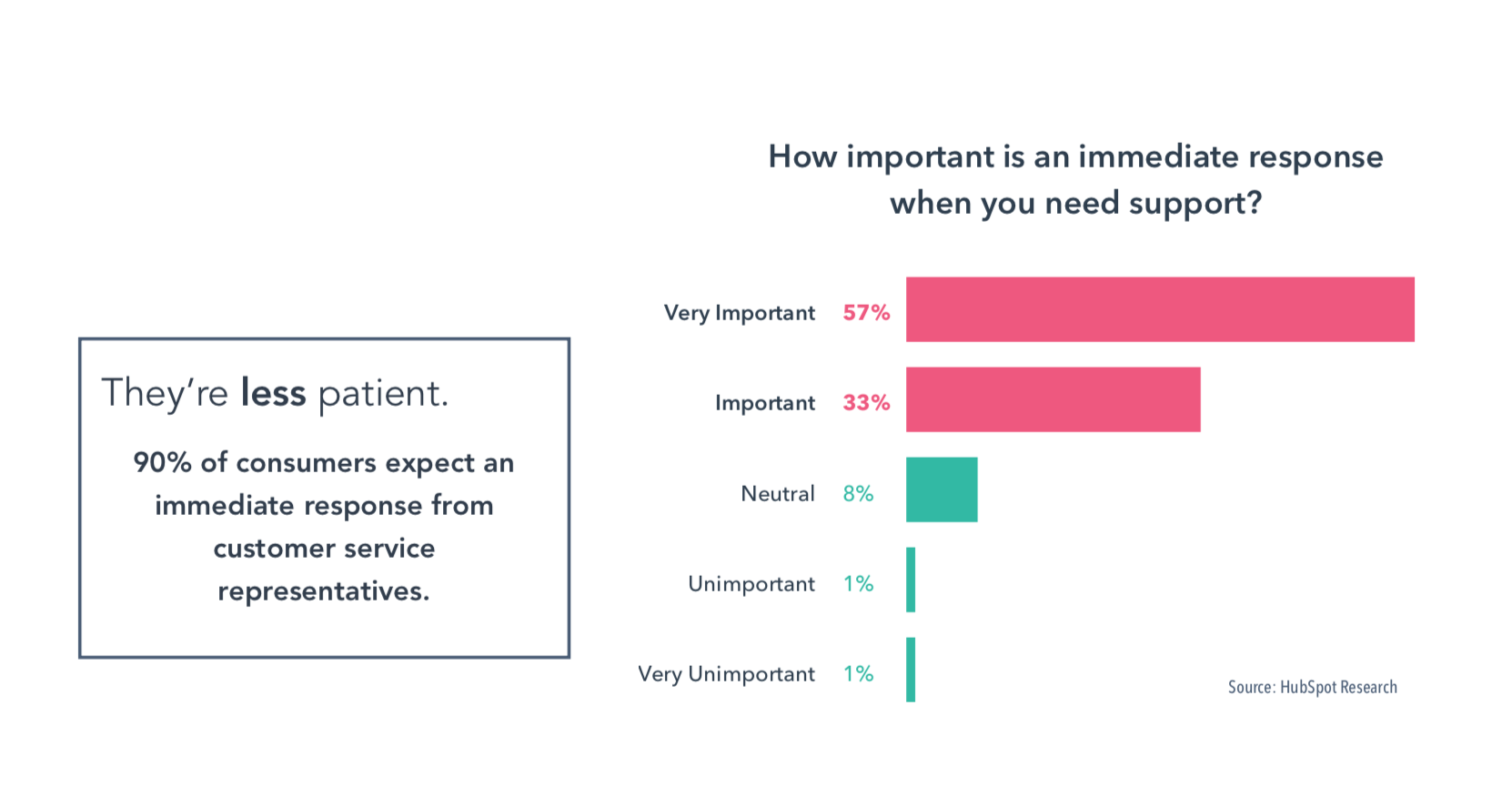
So it makes sense that 'they who respond first, win'
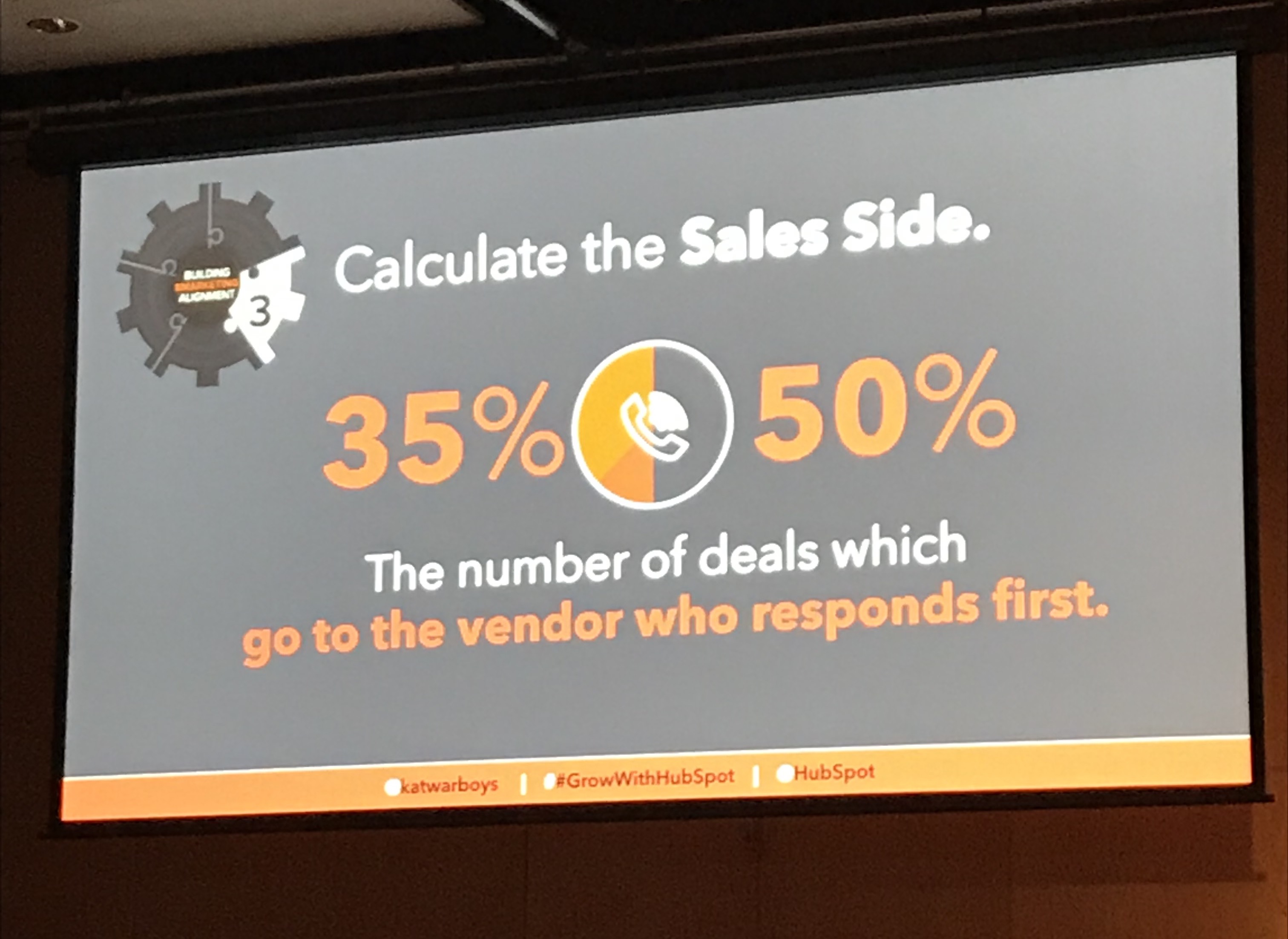
Delivering on this need needn't be by adding head-count to the customer service team. Customers want to find their answers online where they can get to when they want, where they want (outside of Monday - Friday, 9am - 5pm), and they don't want to have to wait on the other end of a phone line.
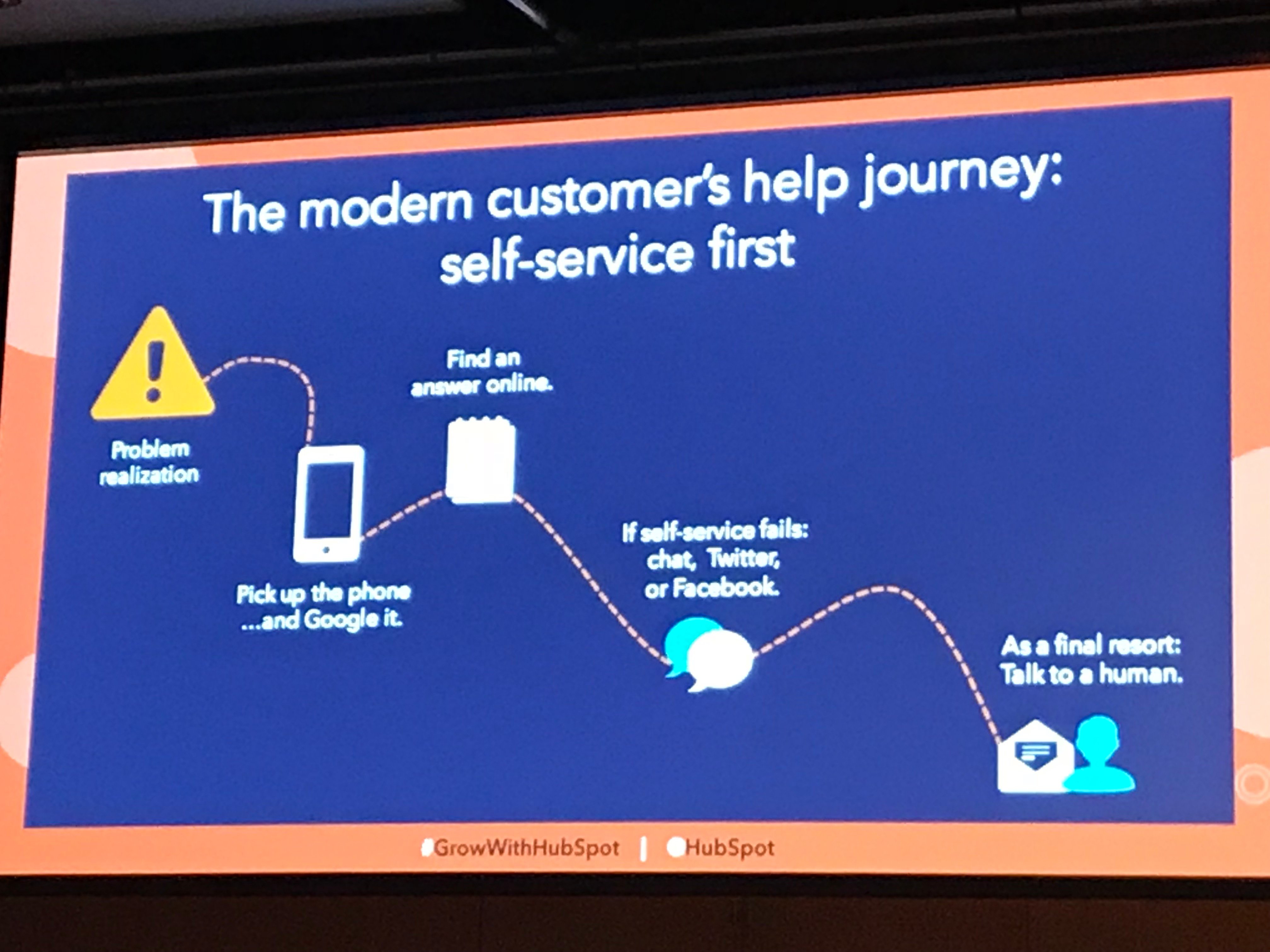
Businesses should actively be looking to review, and cluster high-volume queries to identify trends.
- If answers to high-volume queries are hiding in printed material, get them online
- Develop an FAQ section
- Use blogging tools to promote content.
In addition, look for process improvements that can support social media and person-to-person communication;
- Use 'saved replies' on Facebook to improve response times
- Use sequences (templated emails which include personalisation) to improve response times
- Use the tools of Marketing Automation to pre-empt queries at different stages of the customer lifecycle, before questions are asked.

2. Customers value word-of-mouth recommendations above everything.
This means businesses have to drive recommendations and reviews out of their inboxes where positive feedback can hide, and above the line for everyone to see.
Salespeople and marketers sit just above politicians and car salespeople in the trust index. What we're saying doesn't carry the same weight as it used to (and nor do the promises of glossy sales brochures).
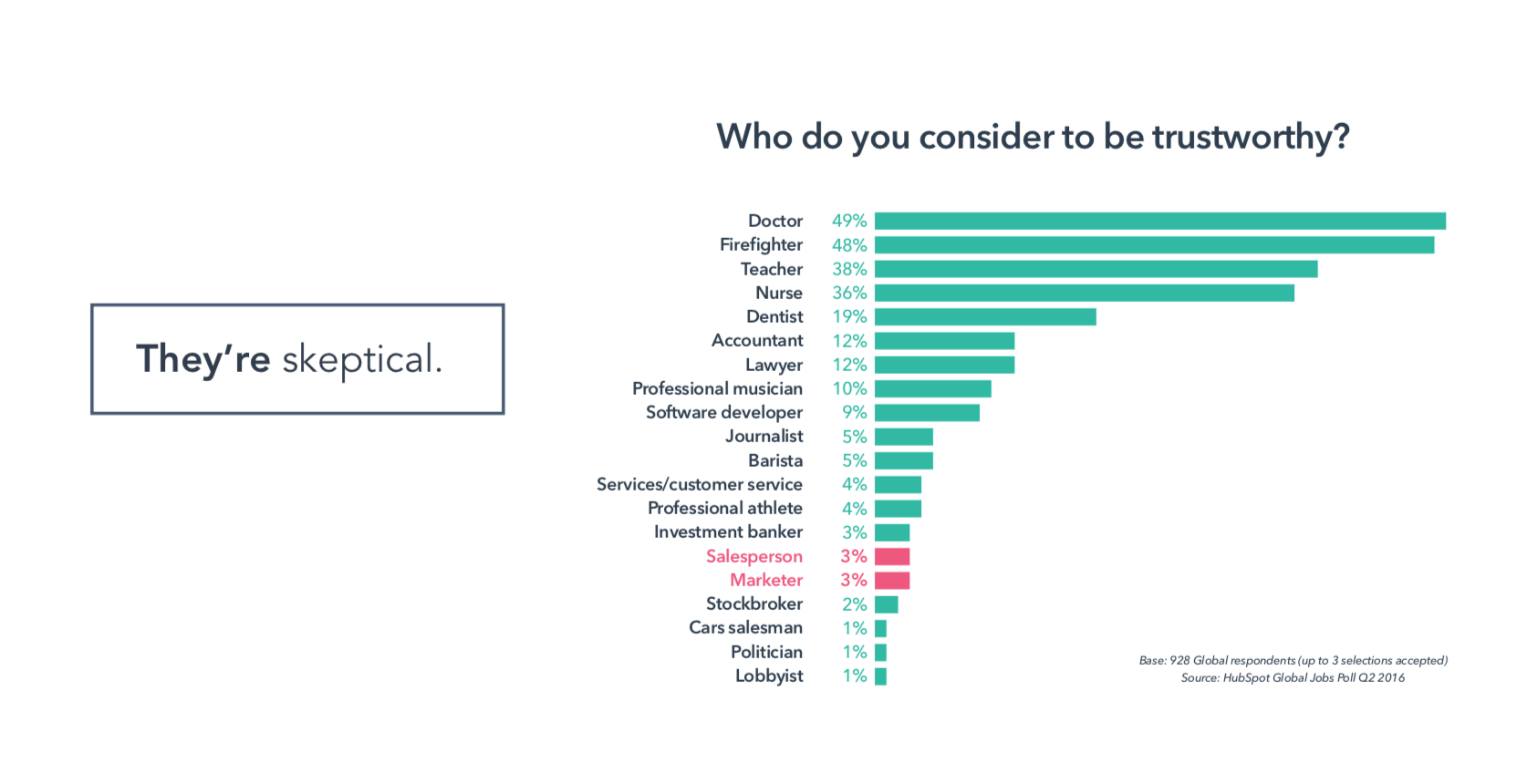
Before the internet, and the democratisation of information, customers would end up defaulting to purchase from those with the biggest budget. Where TV and radio channels used to dominate source of referral reports for big business, we're seeing a huge change. Word-of-mouth is becoming the single best source of leads.
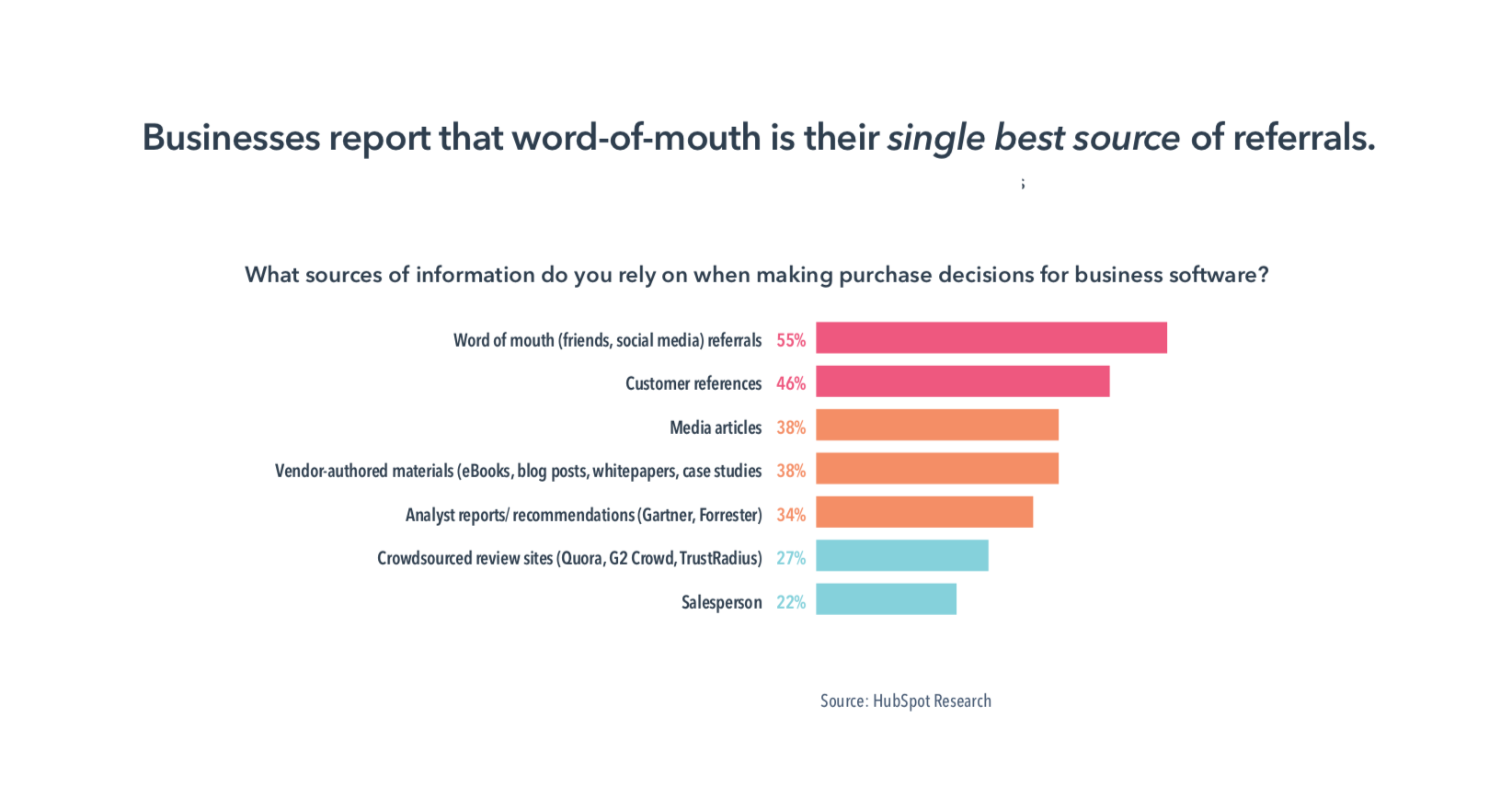 And we're not talking about testimonials: because these sit on a business' owned website, they hold less weight. To make decisions, customers will seek out peer-to-peer recommendations. They'll check multiple sources, comparison guides, Facebook recommendations, Google reviews and, they ask around. And every one of those touch points are influenced by your customers.
And we're not talking about testimonials: because these sit on a business' owned website, they hold less weight. To make decisions, customers will seek out peer-to-peer recommendations. They'll check multiple sources, comparison guides, Facebook recommendations, Google reviews and, they ask around. And every one of those touch points are influenced by your customers.
What does that mean?
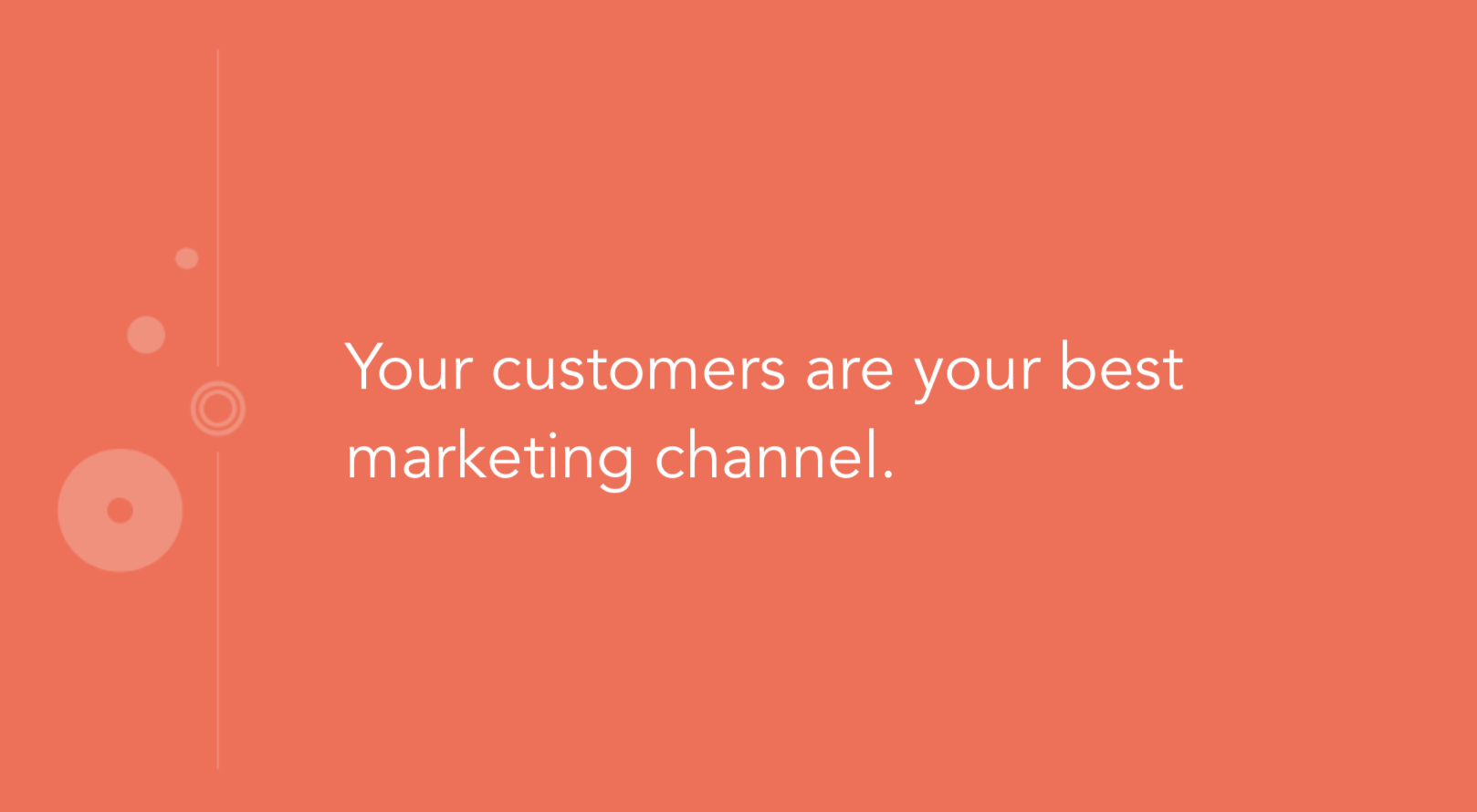
Businesses need to drive recommendations and referrals above the line, so they can be seen, weighed, and added to the consideration of new customers:
1 Think about what channels your potential customers are on, where they spend time online, and focus reviews /referrals on these channels.
2 Consider when to ask for recommendations based on your customer's lifecycle journey. Identify key points where satisfaction levels are high, when outputs have been delivered.
3 It's fine to ask twice for a review. But don't keep asking if a review isn't forth-coming. Come back later, in line with a further positive outcome/deliverable or purchase.
4 You don't need to incentivise customers to do this: if people love your product they’re going to rave about it.
3. Make it a great experience being a customer.
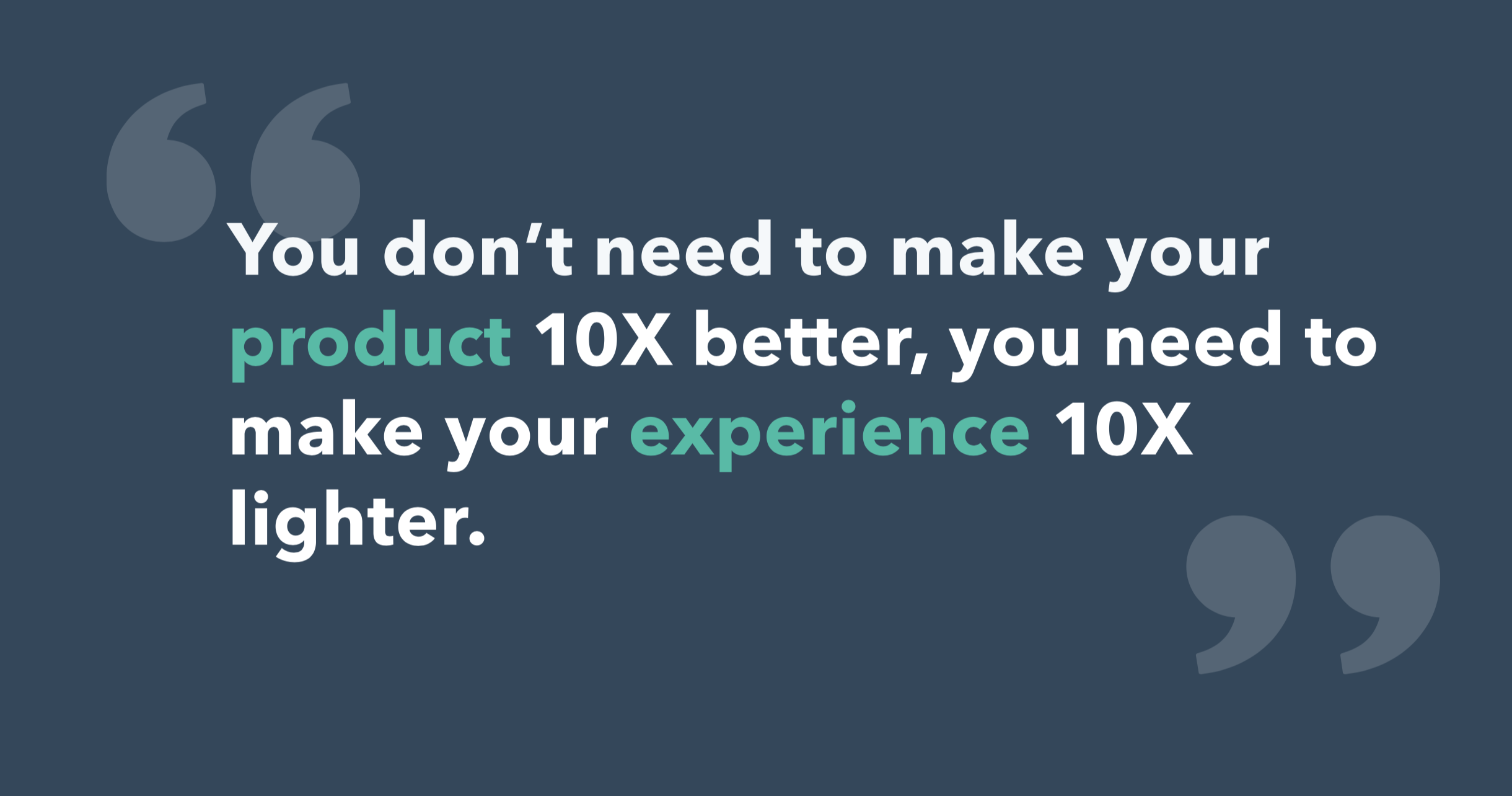
Lighter?
READ: seamless, frictionless, easy, fast.
Businesses have to put customers at the ♥ of their decision-making and process-design to deliver to these needs.
Rather than looking to the traditional sales funnel where customers are an output, we need to shift to a truely customer-centric approach. Here's an illustration which offers an iteration of the sales funnel: the flywheel.

The flywheel puts customers in the middle, with marketing, sales and service wrapped around the customer.
The flywheel asks you to solve for your customer's success - not for the business' systems.
This kind of change has to be driven from the top. And the business has to have an appetite for change. Marketers have the opportunity to own the design of the customer journey.
4. Tell prospects what the price is, and make it easy to understand.
Or they'll just look for pricing elsewhere.
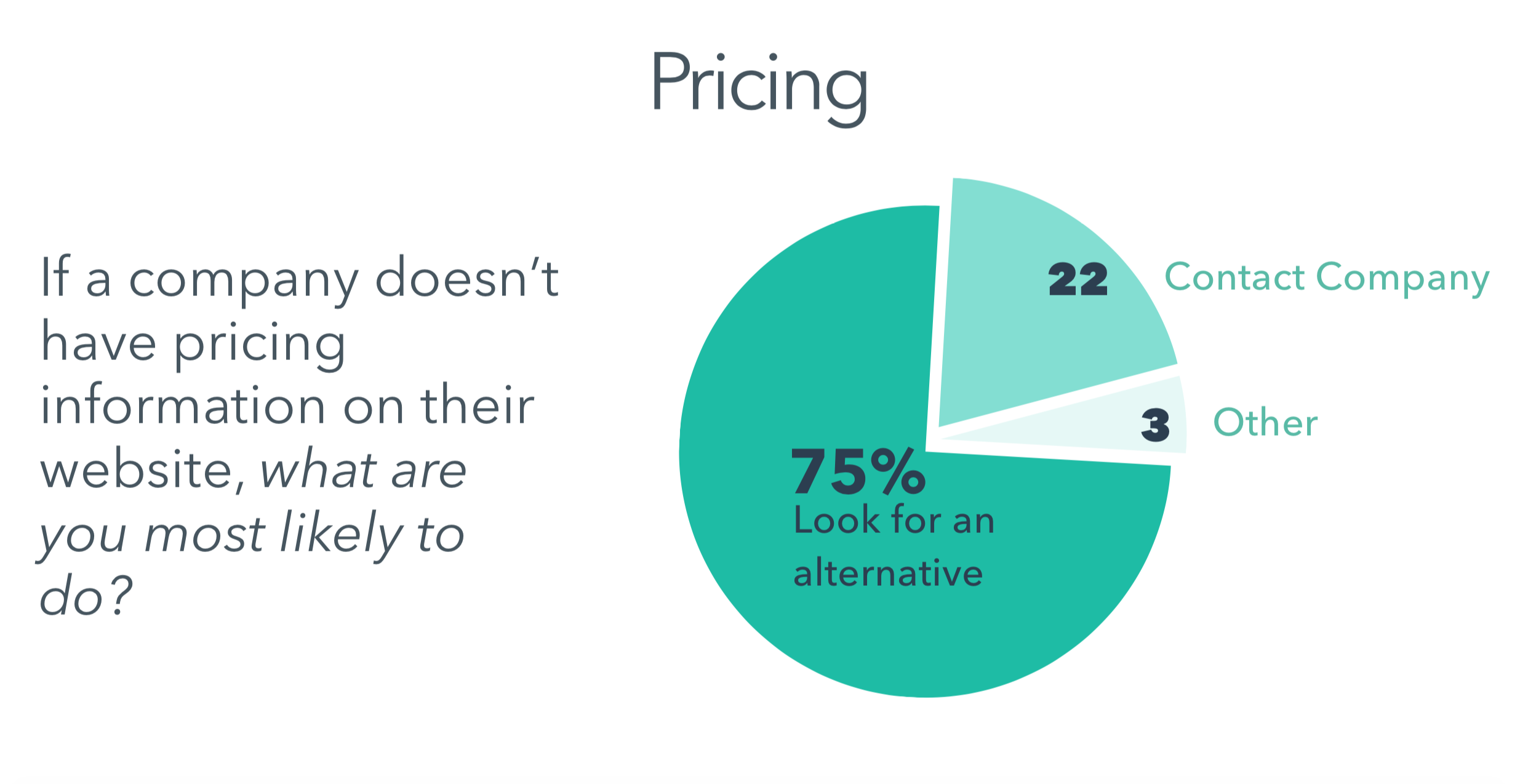
And prospects shouldn't need a math degree to understand the pricing.

5. Sales and marketing alignment (smarketing) paves the way for growth.
More often than not, sales and marketing operate as two separate entities. While their high level thinking may be aligned in meeting the business' objectives, there isn't a clearly defined understanding of what marketing is responsible for, and what sales is responsible for, to meet these objectives. i.e. the number of leads marketing has to deliver, and how sales has to treat these. When there isn't a clearly defined understanding of goals, we hear things like:
-
'marketing is just a colouring-in department'
-
'sales don't follow up on leads'
-
'the leads we get are poor-quality'
-
'sales don't understand what we do'.
Sound familiar? Rectify this, and sales and marketing alignment will drive growth.
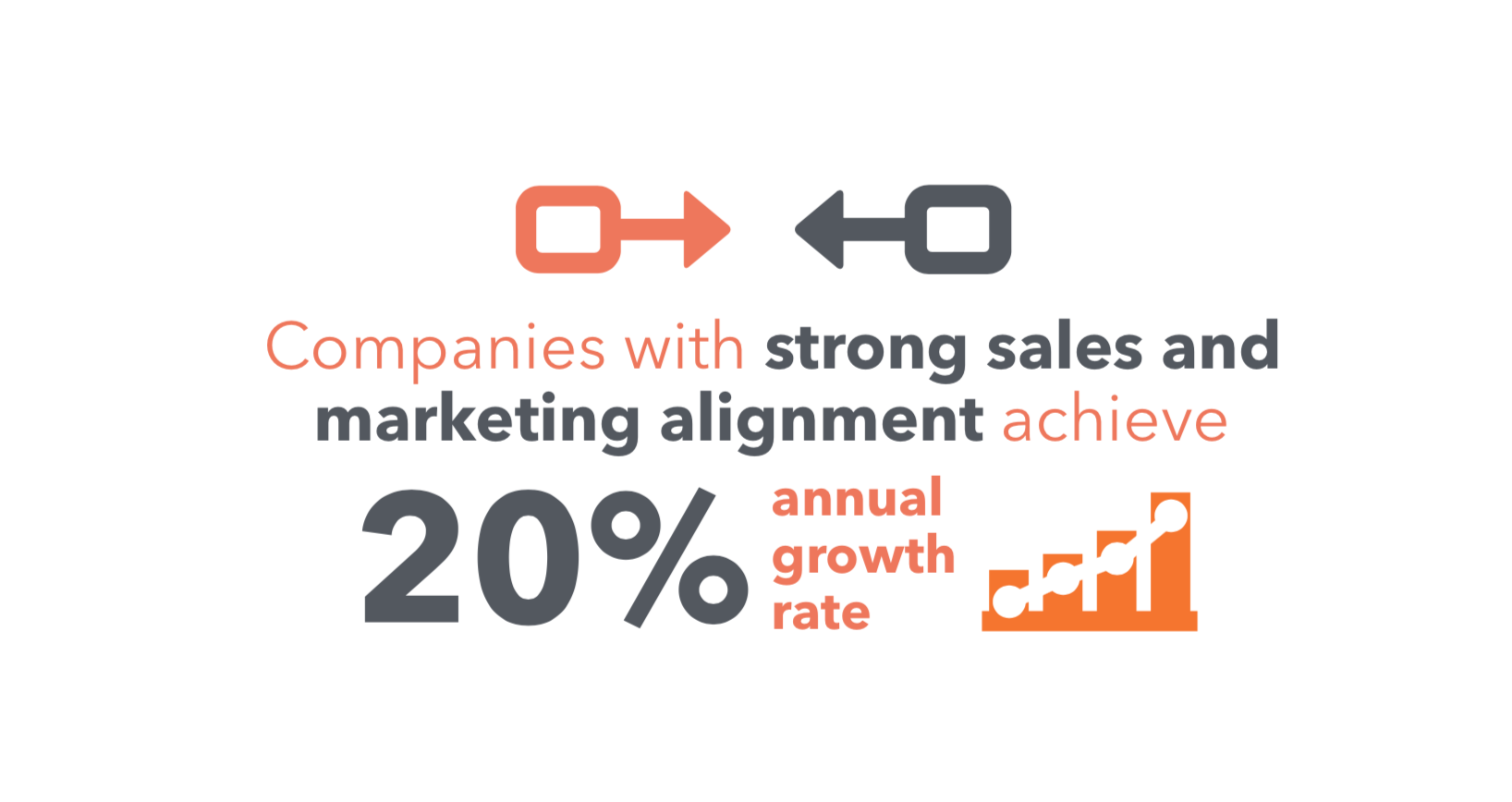
Businesses need;
1. A common language: agreement on clearly defined lifecycle stages, what an marketing qualified lead is, what a sales-qualified lead is, and at what stage marketing hands over to sales.
2. A service level agreement (SLA) that details;
- the number and quality of leads required to hit company revenue goals
- the speed and depth of lead follow-up that makes economic sense.
